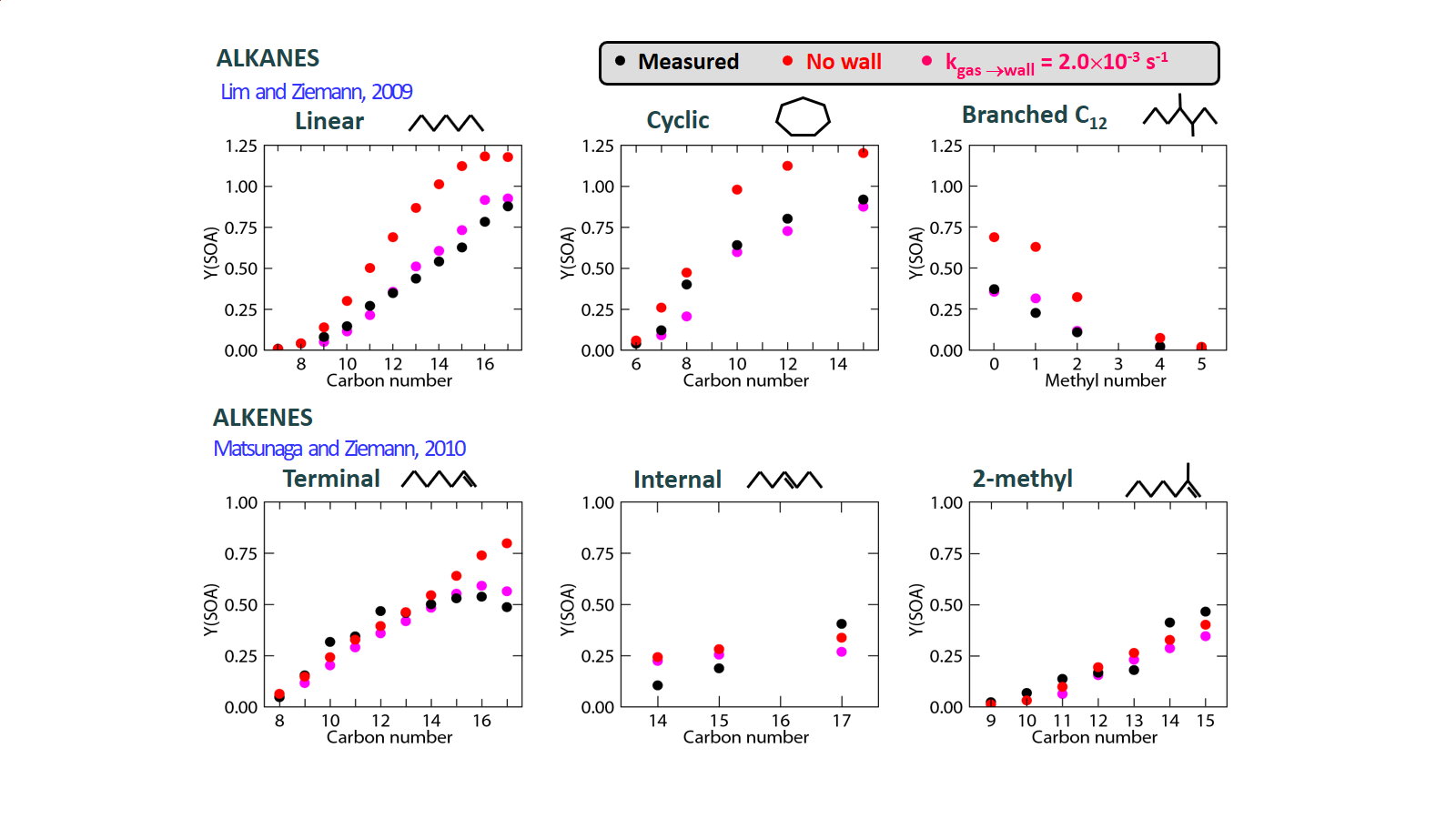Planning for a Community-Wide Intercomparison of Secondary Organic Aerosol (SOA) Models
Secondary Organic Aerosols (SOA) are an important fraction of tropospheric particulate matter, but there remain large gaps in understanding their formation, transformations, properties, and removal. Many different models and parameterizations for SOA formation have been developed, but remain mostly untested against observations and even compared to one another. To address this problem, the Atmospheric Chemistry Observations and Modeling (ACOM) laboratory of the National Center for Atmospheric Research (NCAR) organized, with NSF/ATC sponsorship, a one-day workshop in which members of the U.S. atmospheric chemistry community were invited to provide their views on a potential intercomparison of models predicting atmospheric amounts of Secondary Organic Aerosols (SOA). The meeting, held on 15 January 2019 at NCAR, was attended by about 20 participants in person and several others by remote connection. The workshop recognized the complexity and multiple possibilities for such an intercomparison. A broad consensus was achieved on the following points: (i) An SOA model intercomparison is both necessary and timely, (ii) the intercomparison should be done in box versions of the different models, and (iii) multiple chamber measurements, standardized via the NSF-sponsored ICARUS activity, should be an important component of the intercomparison. Figure 1 illustrates the type of possible comparisons, using one chemical model (Generator of Explicit Chemistry and Kinetics of Organics in the Atmosphere, GECKO-A) developed by a partnership between NCAR/ACOM and LISA/U.Paris. The full SOA model intercomparison is currently being designed.

Contact
Please direct questions/comments about this page to:
Carl Drews
NSF NCAR | Research IT | ACOM